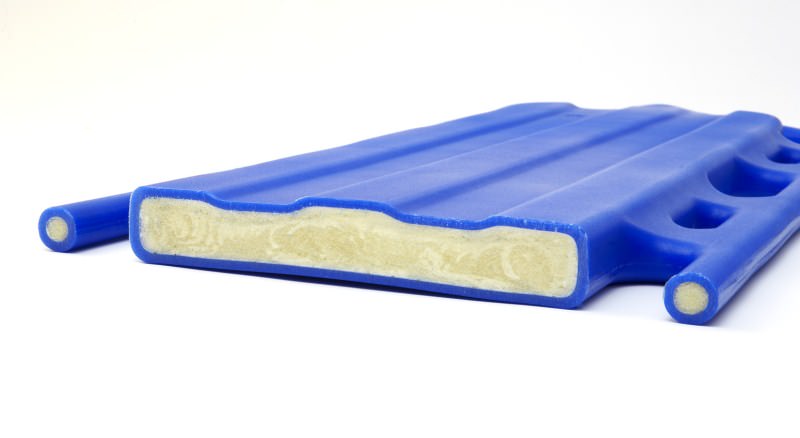Rotational molding, typically called Rotomolding, has gained significant grip in the production business because of its flexibility and efficiency. This process of making custom plastic services and products presents a range of advantages, which makes it a preferred choice for makers catering to industries like automotive, agriculture, medical, and client goods.
Usefulness in Design and Modification
One of the standout great things about Rotomolding is its immense style flexibility. With this specific method, makers can produce complicated shapes, standard wall depth, and also double-walled structures without requesting complicated tooling. This helps it be a perfect production selection for items like tanks, bins, industrial gear, and actually outdoor furniture.

Rotomolding also enables for quick customization. Need your organization logo stuck in to the product? Rotomolding may do that. Need a textured finish? Number problem. By having fun with molds, makers can introduce colors, finishes, and style facts that make your item unique.
Cost-Effective for Small Generation Works
Unlike other plastic production functions like injection molding, rotomolding is more affordable for little generation batches. The tooling cost is significantly lower since shapes don't have to be reinforced to deal with high-pressure methods, as noticed in other creation methods. That makes rotomolding a cost-effective choice for organizations that do not need bulk production.
Furthermore, the gradual heat and chilling cycle diminishes material wastage, which will be yet another cost-saving factor. Producers may use different resins to match the necessary requirements, offering both freedom and efficiency when it comes to fresh material usage.
Toughness Matches Sustainability
Rotomolding doesn't just produce tough plastic products—additionally it aligns with rising sustainability goals. Items made applying this method are noted for their unbelievable toughness and opposition to strain, which explains why they are generally employed for water tanks, traffic barriers, and heavy-duty agricultural applications.
On top of that, rotational molding employs high-grade polyethylene, which will be recyclable. This can help reduce plastic waste without limiting the structural quality of the products. Furthermore, scrap product made throughout the molding method may often be recycled, making it a wiser choice for eco-conscious manufacturers.

Consistent Quality and Efficiency
Consistency is yet another remarkable benefit of rotomolding. The method removes the prospect of poor places usually seen in other manufacturing methods. By sustaining also wall thickness and creating easy pieces, rotomolding assures that the last product matches structural and useful standards.
The decreased risk of flaws means a greater charge of customer satisfaction and less product returns—a crucial element for companies focused on quality assurance.
Rotomolding stands apart as a powerful, economical, and environmentally aware strategy for making custom plastic products. From their versatility and customization alternatives to their minimum spend creation process, this process continues to create waves across industries that demand invention and durability.
